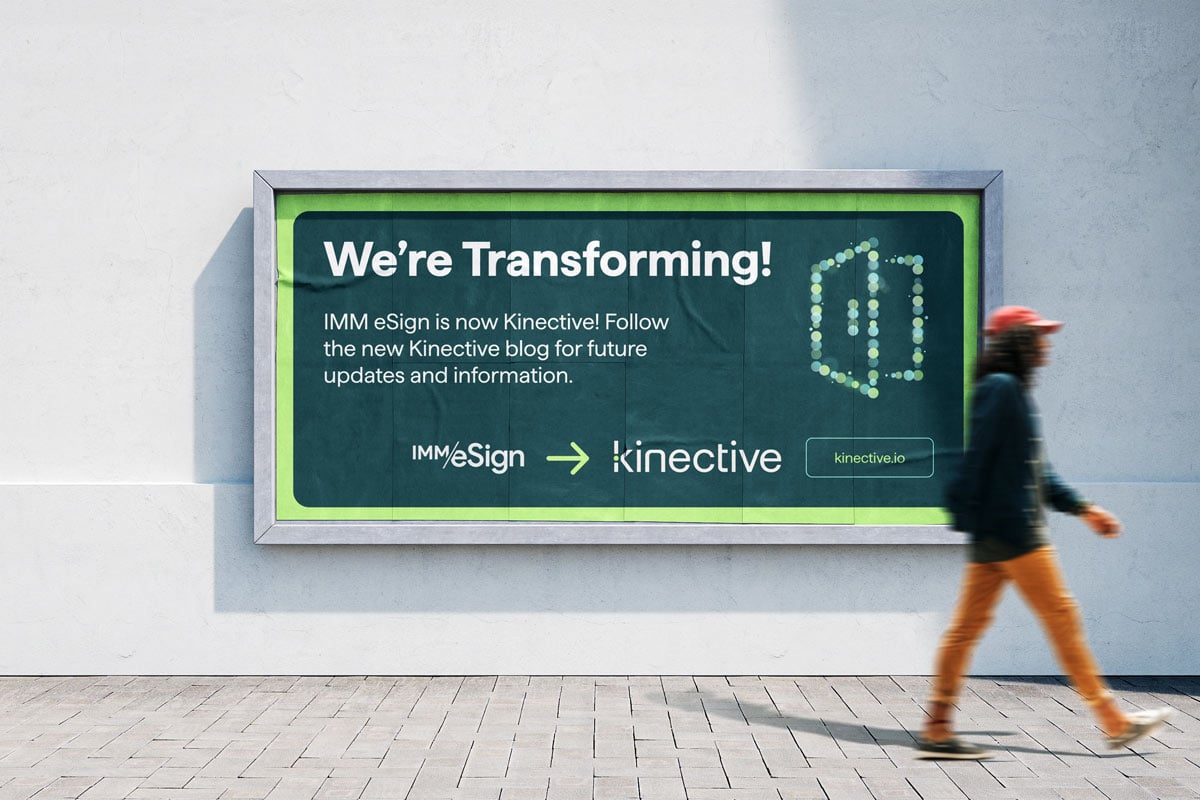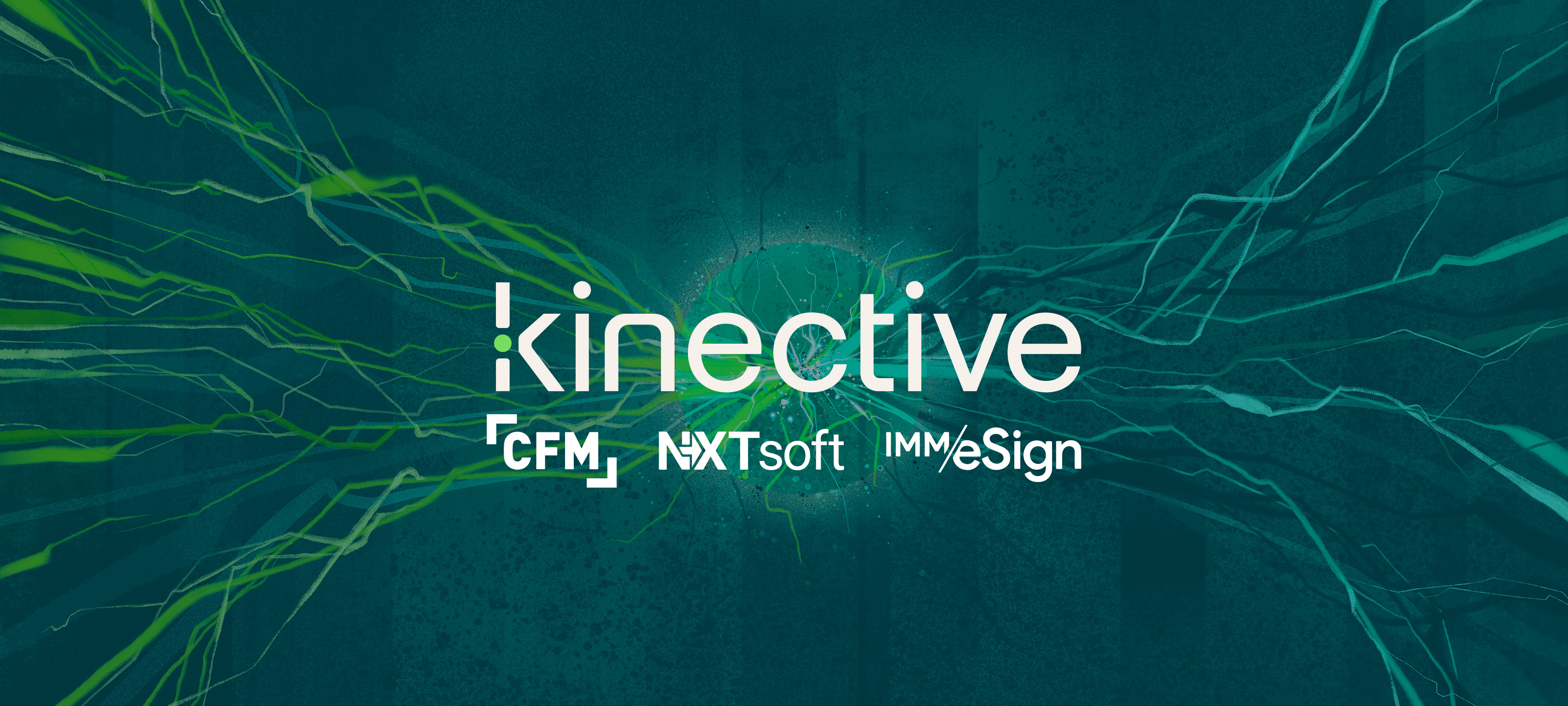It’s safe to say that without eSignatures, digital banking as we know it would be significantly different. eSignatures have played a pivotal role over the past few years as financial institutions were forced to accelerate their digital transformations. eSign quickly moved from a helpful amenity to a necessary component of modern day-to-day banking operations.
Although eSignatures have been around for more than twenty years, the legality and enforceability of this technology continue to be highly questioned in the world of financial services. Despite tremendous strides taken to provide a more engaging, seamless customer experience through digital solutions, there are still some false perceptions held by potential eSignatures users. That’s where The Electronic Signatures in Global and National Commerce (E-Sign Act) comes into play.
The E-Sign Act was established at the turn of the 21st century, a time when this innovative technology was introduced to streamline document-centric transaction processing. These U.S. laws now provide the legal framework for eSignature capture to ensure electronically signed documents hold up if challenged. It governs the guidelines for eSignatures, contracts, and interstate commerce records. While it’s important to note that there are some states with laws pertaining to eSignatures, the E-Sign Act is federally mandated.
The Three Pillars of eSign
Here at IMM, we like to refer to three pillars that form the foundation for a legal eSignature transaction. These include:
- A record or signature may not be denied legal effect or enforceability solely because it is in electronic form.
- If a law requires a record to be in writing, an electronic record satisfies the law.
- If a law requires a signature an electronic signature satisfies the law
As more and more organizations have gone paperless, it has now become standard practice to eSign documents and eSignatures have become the accepted norm for completing agreements quickly and efficiently.
The E-Sign Act requires certain factors to be in place to ensure that an eSignature is legally binding and protects signers. As a financial institution, you must keep in mind the following legal requirements and best practices.
Intent to sign
Like their paper-based counterparts, electronic signatures are only legal when a signer demonstrates a deliberate intention to authorize their eSignature. Without a clear intent to sign, the signature may not be accepted.
Consent to do business electronically
The transaction parties must explicitly provide their consent to complete the transaction electronically. A recommended best practice would be to gather explicit consent prior to having access to the documents for signing.
Association of signature with the record
The system used to process the transaction also must account for the process of obtaining the signature. eSignature vendors accomplish this by providing electronic evidence with a complete audit trail of each transaction. For example, when using IMM, every eSigned document and an associated audit trail are archived seamlessly into your imaging system.
Records retention
Financial institutions must maintain the integrity of the signed documents and make those accessible for the signing parties upon request. Most institutions choose to store their completed documents within their existing imaging or document management system for permanent record keeping.
The benefits that your financial institution can experience from adopting eSignatures are endless. Nevertheless, many financial services professionals still do not understand the legality of eSignatures and frequently ask how to ensure electronically signed documents hold up if challenged. While there is plenty more that we can say about the E-Sign Act, it’s critical to remember that laws were established to keep your institution and every signing party protected and compliant.







